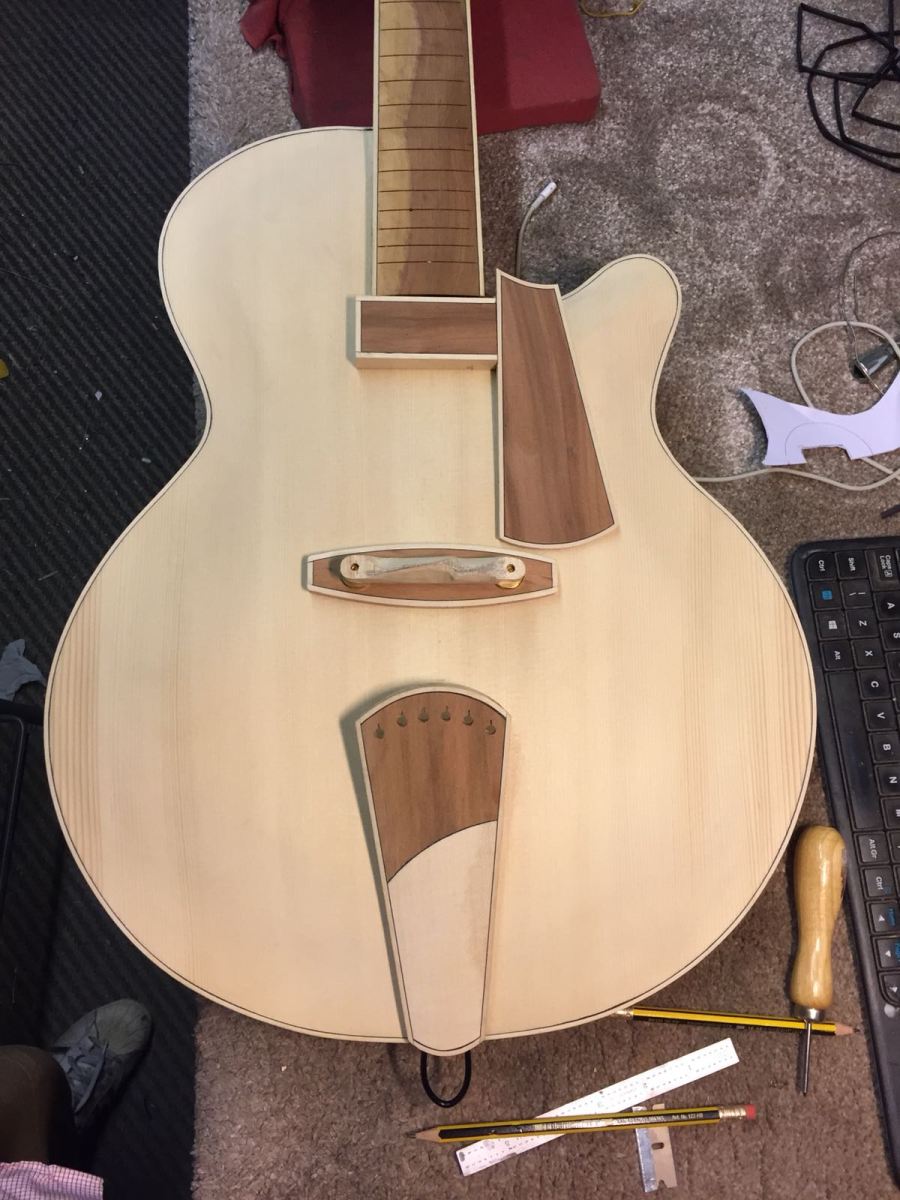Yesterday I was working with a new student on a song called Woman Blue by Judy Roderick. I’d never heard of her, or heard the song, and that’s a shame, because it’s great (see below). Anyway, we started off by thinking about which key the song is in, and she (the student) said, What’s a key? Interesting question, and one which makes you think. Now, there are numerous theoretical approaches to establishing the key of a song, but that’s not something which is going to be helpful for beginners to hear. In fact, it would probably put them off playing. Anyway, the question was more fundamental than that: this student wanted to know how you spot one, with your own two ears. So I attempted to describe a key.
The key of a piece of music is its home. Listen to a song. Imagine it ending — that’s the key, the place where you imagine it ending up. In fact, you can often go to the end of a song and discover that, yes, that is where the song ended: it’s key was its destination. However, it’s often difficult for students to hear this home note, to separate it out from all the different notes within the home chord, and this from among the numerous other chords and all their constituent notes, and all this while the song is moving onwards, shifting from chord to chord. (There’s a particular form of panic that spreads over beginner students’ faces when they are attempting to work out a song by ear.)
So how do I get people to hear the key? It’s an open question, because there’s really no definitive answer. Everyone comes to music learning with different ears, and so everyone needs a different answer. Sounds like a cop out, doesn’t it? I’ve used many different approaches before, and none have been entirely satisfactory with all students. However, in yesterday’s lesson something suddenly dawned on me.
Most songs contain the I, IV and V chords; so, if you’re in G, you get C and D too: the first, fourth and fifth notes of G major. (If counting notes with numbers sounds complicated, it isn’t. You know the alphabet, so you can count through the letters from A to G and then from A to G again, and give each a number. It’s an incredibly powerful way of thinking about music — but I’m not going to go too far into that, because that’s the stuff that beginners hate.)
Moving on…my revelation was that, if you listen to pretty much any song, really listen to what the chords are doing, you’ll hear movement, or a kind of desire in the chords either to stay, or to move somewhere else. IV chords want to resolve downwards, while V chords want to resolve upwards. And the I chord is already where the song wants to be. My point is that, if you can hear two out of three or four chords wanting to become another chord, you can (1) eliminate them from the investigation and (2) use the movement they set up to identify the key chord. Using the numbering system for notes (degrees of the scale is the technical term I believe) also means you can work a song out without even having an instrument to hand.
In Woman Blue, at the very beginning of the song, we hear a country picking bass line (played on the guitar) alternating between two notes, the lower one on the strong beat, and the higher on the offbeat. Listen to the opening of the song, and the country picking bass line.
Sing these two notes. Notice the jump from the low note to the high note, how natural it sounds. This is a perfect fifth, and it establishes the key of the song. This is true for anyone who listens to and likes music, though they may not know that they know this.
After the first couple of beats, the opening chord moves upwards, hangs for a beat, and then comes back home. Listen to it — can you hear the way the song is lifted up, is suspended, and then relaxes back to where it started? This is the four chord: it raises the all important third note of the root chord up a semitone. It’s no coincidence that a sus4 chord’s full name is ‘suspended 4th’: the fourth suspends a chord (or song) in midair, and requires resolution.
The fifth chord, by contrast, wants to push up to the home note because it’s major third is one semi tone below the root note: you can sense a kind of pull upwards, as if the root note had a gravitational or magnetic attraction on the note below it (and on the listener’s ear).
So if two out of three or four chords are pulling down or pushing upwards to the same chord, then, if the average song contains four chords, the task of finding the key chord becomes a whole lot easier when you interrogate your ears in this way. Of course, this doesn’t take into account the fact that the IV chord wants to resolve to a different note of the I chord than the V chord does. But that’s a matter for another post.


